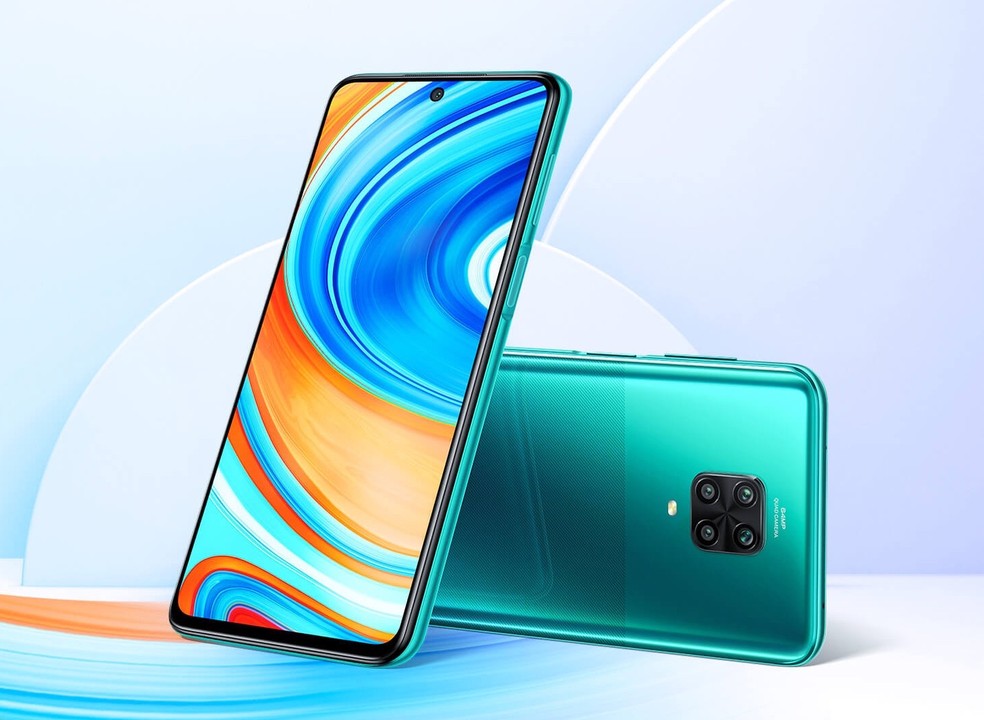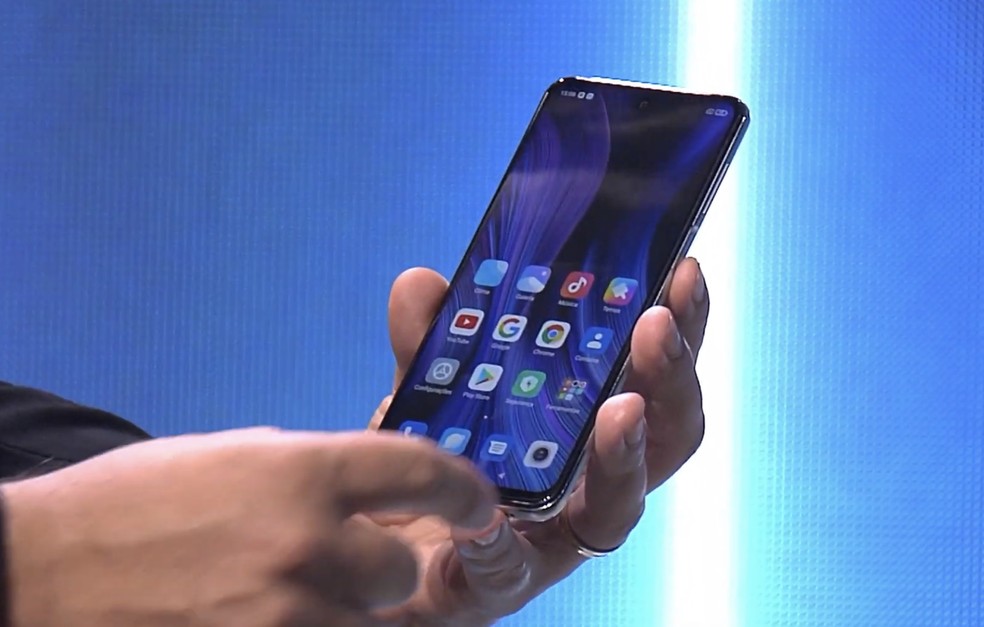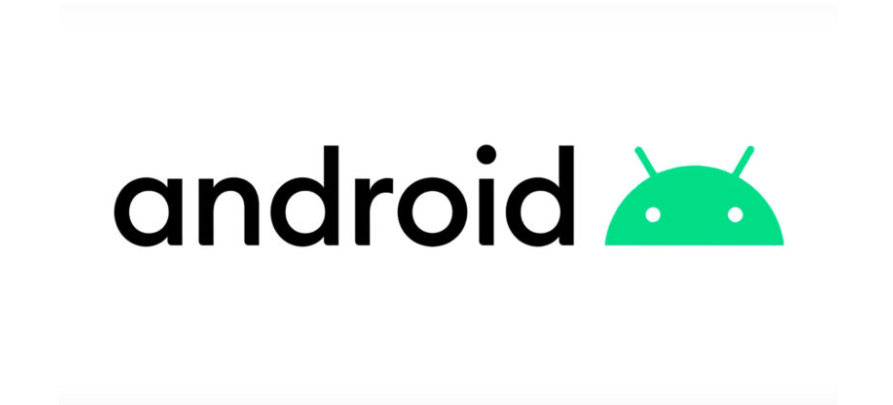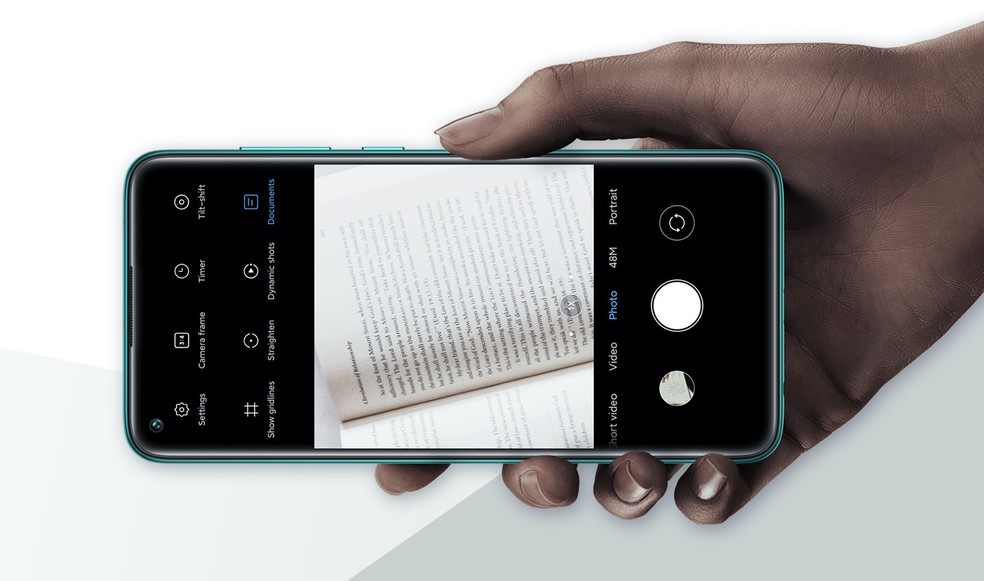Moto G9 Plus and Redmi Note 9 Pro are mid-range phones launched in September and June of last year available for $219.99 and $309.99, respectively. The 5,000 mAh battery and 128 GB storage are features in common between the devices, which also have divergences, starting with the screen size. In the following comparison, understand which one is ideal for your user profile.
Moto G9 Plus vs Redmi Note 9 Pro Datasheet
| Specifications | Moto G9 Plus | Redmi Note 9 Pro |
|---|---|---|
| Launch | September 2020 | June 2020 |
| Current price | $219.99 on Amazon | $309.99 |
| Screen | 6.8 inches | 6.6 inches |
| screen resolution | Full HD+ (2400 x 1080 pixels) | Full HD+ (2400 x 1080 pixels) |
| Processor | Snapdragon 730G (octa-core up to 2.2GHz) | Snapdragon 720G (octa-core up to 2.3GHz) |
| RAM | 4GB | 6GB |
| Storage | 128GB | 64 or 128 GB |
| Memory card | MicroSD up to 512GB | MicroSD up to 512GB |
| Back camera | Quad Camera: 64, 8, 2 and 2 MP | Quad Camera: 64, 8, 5 and 2 MP |
| Front camera | 16 MP | 16 MP |
| Battery | 5,000 mAh | 5,020 mAh |
| Operating system | Android 10 | Android 10 |
| Dimensions and weight | 169.98 x 78.1 x 9.89 mm; 223 g | 165.8 x 76.7 x 8.8 mm; 209 g |
| Available colors | Indigo blue and Rose gold | Grey, Green and White |
Screen and design
It is possible to notice the differences between the phones right from the screen size, as it is 6.6 inches on Xiaomi’s smartphone versus 6.8 inches on the Moto G9 Plus. On the other hand, specifications such as Full HD+ resolution and LCD panel are present in both datasheets. All in all, the user experience tends to be quite similar.

In terms of design, both feature a hole at the top of the screen to house the camera for selfies, differing only in their position. Another notable divergence on the rear of the devices is on account of the photo array. On the Redmi Note 8 Pro successor, it is in a centralized rectangle, while the Moto G9 Plus has the module located at one end.
Neither phone comes with water and dust resistance. They include a fingerprint reader on the side of the phone, along with other control buttons. One of the highlights of Xiaomi’s phone is the extra protection provided by the Corning Gorilla Glass 5 present in the frame.
Camera
If the number of sensors is similar in the arrangements of the two devices, the distribution differs slightly. In detail, the Redmi Note 9 Pro distributes its four cameras into 64 MP main, 8 MP ultra-wide, 2 MP macro, and 2 MP depth sensor.

The Moto G9 Plus repeats the same numbers, except for the macro camera, which captures 5 MP images. The extra megapixels on this last sensor should favor photos taken close up since this camera is used to capture close-up images in detail.
The front camera of both devices has 16 MP and videos are captured in 4K (2160p) at a rate of 30 frames per second.
Performance and Storage

The Moto G9 Plus’ storage features only a 128 GB option while the Redmi Note 9 Pro can be found in stores with either 64 GB or 128 GB. RAM, on the other hand, is the same for both phones: 6 GB to perform the tasks. It is possible to expand their memory via a microSD card of up to 512 GB.
As for performance, it is worth saying that Xiaomi invests in a Qualcomm processor, the Snapdragon 720G. This is an octa-core with a speed of up to 2.3 GHz. The competitor also uses a Qualcomm chipset, but this time it is the Snapdragon 730G which, despite having eight cores, like the one used in Xiaomi’s model, has a speed of up to 2.2 GHz.
In benchmark tests such as those by AnTuTu, the Snapdragon 730G stands out over the 720G. The former chipset scores 276,065, while the latter scores 270,472 points in tests conducted by the app. As for GeekBench, the 730G only takes the lead in multi-core evaluations.
Battery

The battery capacity offered by the Redmi Note 9 Pro is 5,020 mAh, while that of the Moto G9 Plus is 5,000 mAh. Despite the brief difference between the numbers, the promise of staying up to two days away from plugs is the same in both models. They should deliver approximately 147 hours of audio playback and, in the case of the Redmi, reserve up to 13 uninterrupted hours for gaming.
As with the battery numbers, the power of the chargers that come with the phones differs by very little. In the case of Motorola’s smartphone, charging will be done by a 30 W power device, while Xiaomi’s will be by a 33 W power device.
Android Version

Moto G9 Plus and Redmi Note 9 Pro leave the factory with Android 10 and are promised to receive Android 11. In Xiaomi’s case, the update has already started rolling out.
The interface used by Xiaomi is MIUI, a version that usually brings significant modifications to Google’s system with extra tools. On the contrary, Motorola uses an interface closer to “pure” Android, inserting small changes through the Moto Actions feature, which allows you to trigger functions such as flashlight and camera through gestures.
Additional Features
Among the features in common are Bluetooth 5.0, Wi-Fi at 2.4 GHz and 5 GHz, and NFC, a function that allows payments by proximity. They also come with a P2 headphone port and a USB-C charger port.

As for the specific functions of each, it is worth saying that the Redmi Note 9 Pro has an infrared sensor that turns the phone into a TV remote control. The Document Mode also allows you to scan documents without the need for auxiliary apps. The Moto G9 Plus offers a dedicated Google Assistant button.
Pricing and Availability
The Redmi Note 9 Pro is available for purchase on Amazon for $309.99. While the Moto G9 Plus costs much less, is also available on Amazon for $219.99.
- Buy Redi Note 9 Pro
- Buy Moto G9 Plus
This post may contain affiliate links, which means that I may receive a commission if you make a purchase using these links. As an Amazon Associate, I earn from qualifying purchases.

